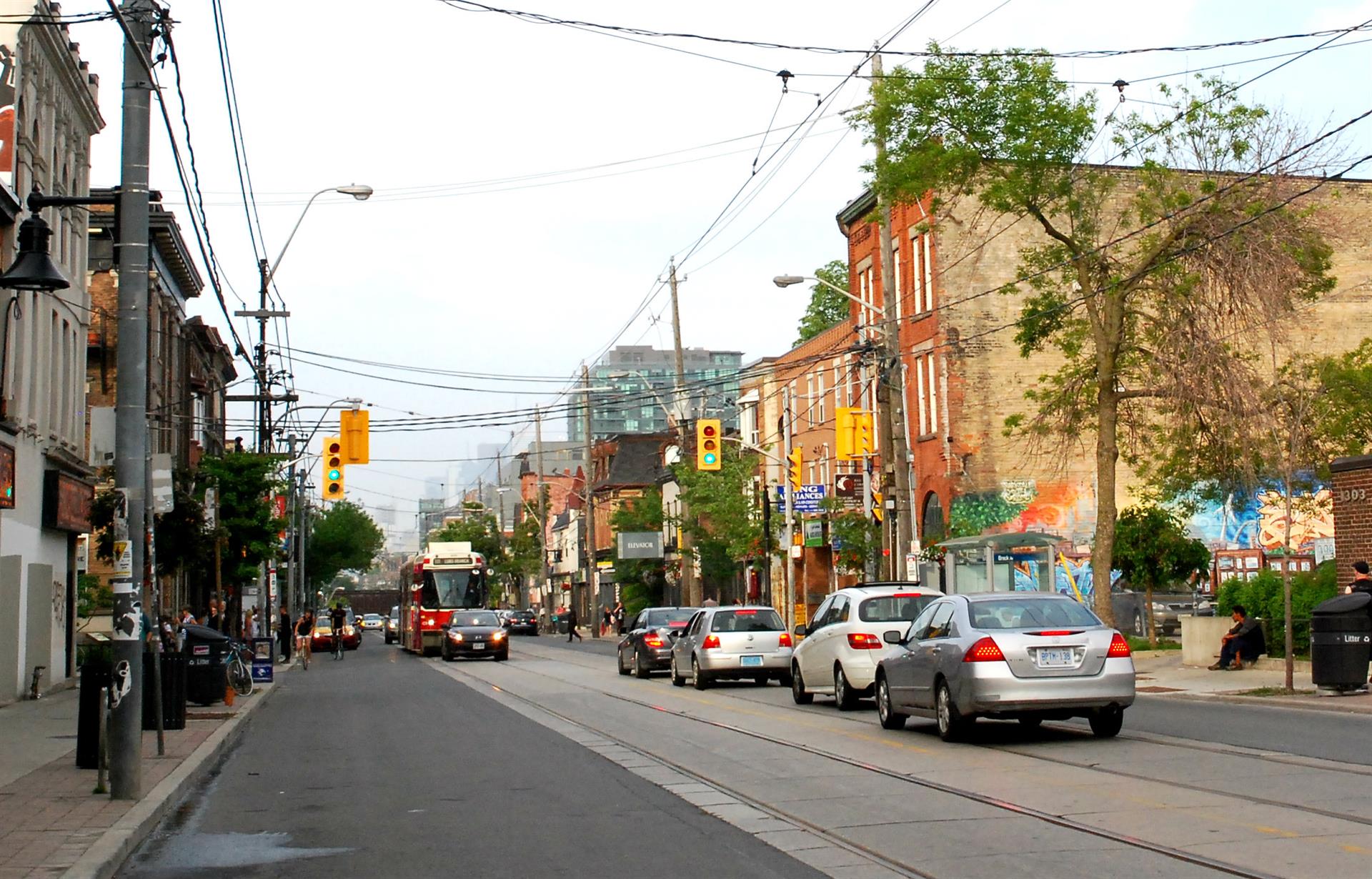
Are you willing to pay higher taxes to improve your city?
By Sam R on Nov 01, 2017
In his State of the City address at U of T last week, city manager Peter Wallace was blunt, calling out “really big failures” in the areas of traffic congestion and transit, housing, and poverty. Per capita revenue, he said, has been dropping since 2010 (adjusted for inflation), while costs to administer the city have been rising.
In a message explicitly directed at the yet-to-be-elected city councillors that will populate council starting next year, he called out a past tendency to approve grand plans with no money to back them up, and no clear way to raise any; for example, he called the city’s largest homeless shelter, Seaton House, “close to inhumane” and said that while the provincial average is one in 10, one in five children in Toronto live below the poverty line.
There are three possible tiers for future city development:
The first involves little development at all, but would rather be a status quo maintenance of existing services. There’s enough money coming in to do that.
A second tier would be to deliver a few additional services, which would mean raising more money than comes in now.
The third, reflected in our council’s history, is to embark on plans for city-building, which includes a number of already-approved plans — but there’s no money there. It isn’t reasonable, he lamented, for the city to expect him to deliver on the third tier on a budget designed for the first.
There’s little fat on the bones to be trimmed, he said; the city budget had been squeezed for a decade, and while they’ve been been looking for waste since then, they haven’t found it.
In his speech, called “Investing in Toronto’s future,” Wallace reinforced last year’s message — that you can’t get what you want unless you’re willing to pay for it.
Numbers matter, he argued, and bringing vision in line with fiscal reality would be the challenge faced by the new council. But councillors are merely our representatives, right? And so it falls to us — how much are we willing to spend?
City government spending in Toronto is reasonable. It hasn’t changed much per capita, adjusted for inflation, since 2010. A number of services, such as waste and water, are designed to pay for themselves, while others are tied to property tax revenues, but they haven’t grown much in recent years. Land transfer tax revenues are strong, but the money has been used to hold down taxes.
Maintain existing services? Perhaps even drop some? Or raise the funds to pay for some of council’s ambitious plans? Politicians seeking election don’t want to raise taxes, and we hate the idea of pay-to-play tolls.

We don’t want to pay more to ride the TTC, or to own our already outrageously priced homes. The province and the federal government certainly aren’t going to pay for it all. How bad do we want what we want? Would you be okay with a tax increase to make Seaton House more humane? Would you pay a toll to drive downtown, even temporarily, to raise ad hoc funds for a program you believe in?
We may be long on plans but we’re short on innovation. To create the world-class city of the future we think Toronto can be, we need to step away from traditional ways of raising funds and look at new models, and new ways to attract investment.
Maybe we need to borrow against future revenues on specific projects to get them built, although I’m a little afraid that fiscal mismanagement may mean the debt is never paid and the eventual revenues squandered.
Attracting investment means a bigger tax base, but our housing situation makes encouraging further population growth a scary prospect. In New York City a few years ago, they funded a subway expansion to the island’s least developed area with a tax incremental financing (TIF) structure that meant opening up the project to investors, although the TIF project didn’t create enough revenue to pay them back. Infrastructure projects that rely on investments can be tricky — they’re run by bureaucrats, after all.
In Tel Aviv in 2011, they set up a toll structure on a busy highway that meant drivers who wanted to avoid the congestion could pay to drive in a new fast lane; the fee structure changed based on congestion, so as demand increased, so did the price. It meant the installation of video cameras and sensors to measure traffic volume, and would require additional costs for enforcements. They waived the toll for vehicles with three or more occupants in an effort to encourage car-pooling too. Are we game for something similar here?
We don’t lack for options, and in many cases we don’t lack for vision. We lack funds. So the big question for residents is, what’s it worth to you?


